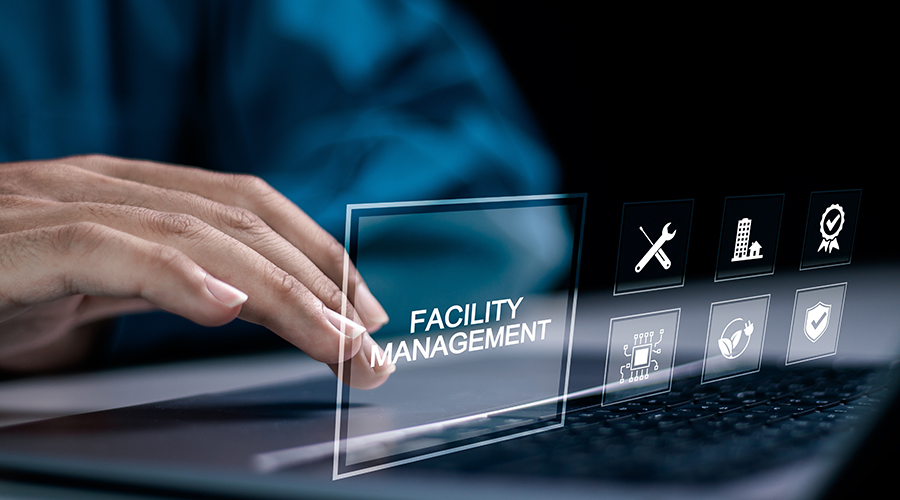Meter Reading Vastly Different Today than in Past
Early-generation submeters required that technicians read them manually. By tracking meter readings over time, technicians could establish a benchmark for a component's or a system's energy or water use.
Identifying and tracking performance with respect to benchmarks is a valuable tool for energy management, but it was only the first step in using submetering in this way. These meters did provide useful information on a system or component's general efficiency or on long-term trends, but they could not give managers detailed data on performance.
Today's generation of submeters is vastly different. Technicians can automatically read most of them remotely, and the meters can send data to dedicated metering hubs, which collect it and forward it to a central location for real-time monitoring. Technicians also can set up system software to monitor individual meters and sound an alarm if one goes beyond the expected range.
Managers who want to interface the submeters to an existing building automation system (BAS) have a number of options for protocols, including BACnet, Lonworks, and Modbus. As a rule of thumb, managers can expect each submeter installation to cost about $2,000.
Determining Needs
Submetering systems for facilities are flexible. Systems can be as simple as one meter on one load or occupant, or they can meter every significant energy- or water-using component in the facility. Managers can start out with a limited number of meters and expand the system to additional loads at any time.
In spite of the flexibility of the systems, managers must be careful to match the capabilities of the system to the needs of their facilities. Some systems can function as a standalone installation, or technicians can integrate them into an existing BAS. Meters can be hard-wired through an existing network or connected wirelessly.
Related Topics:













